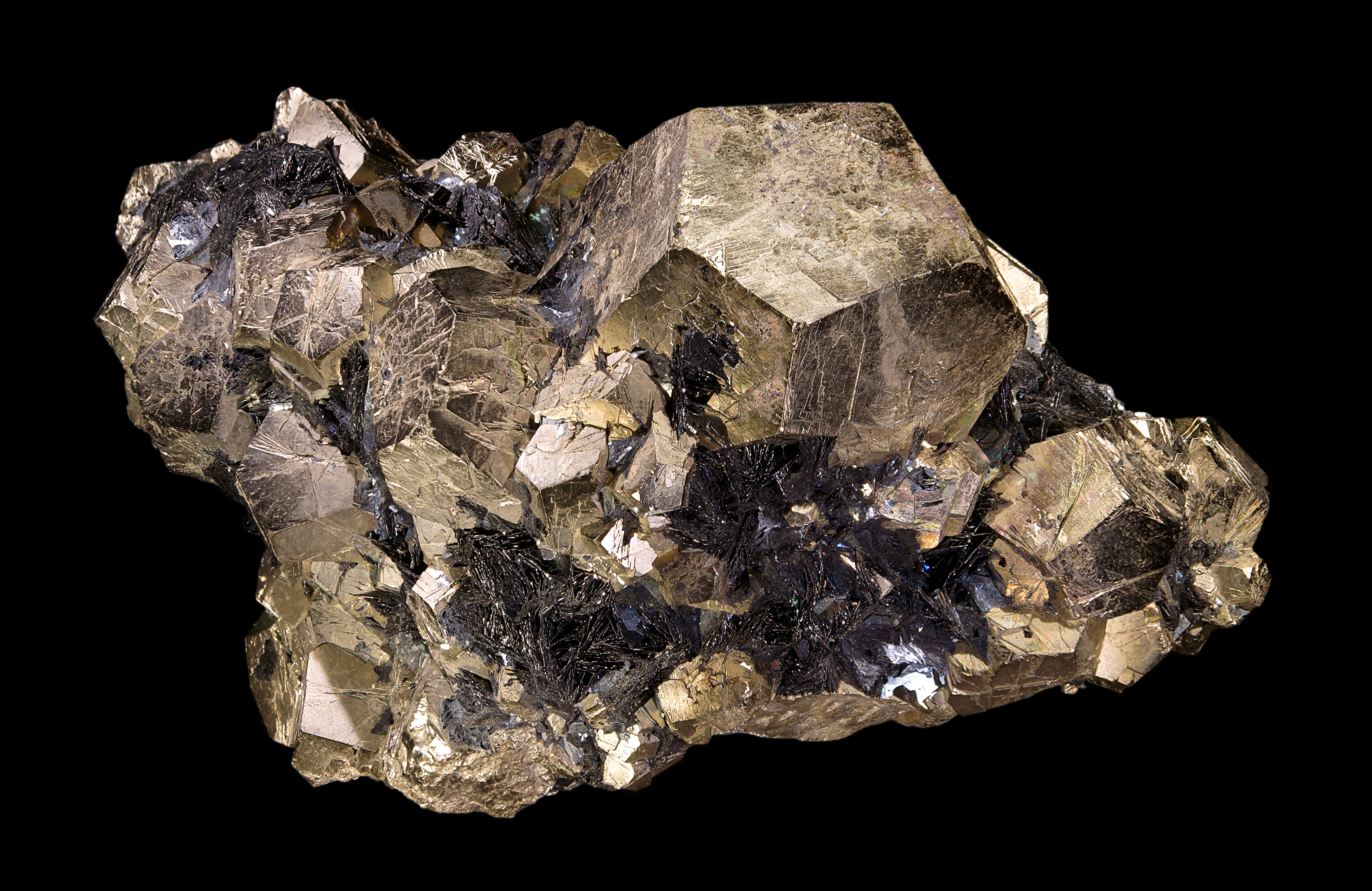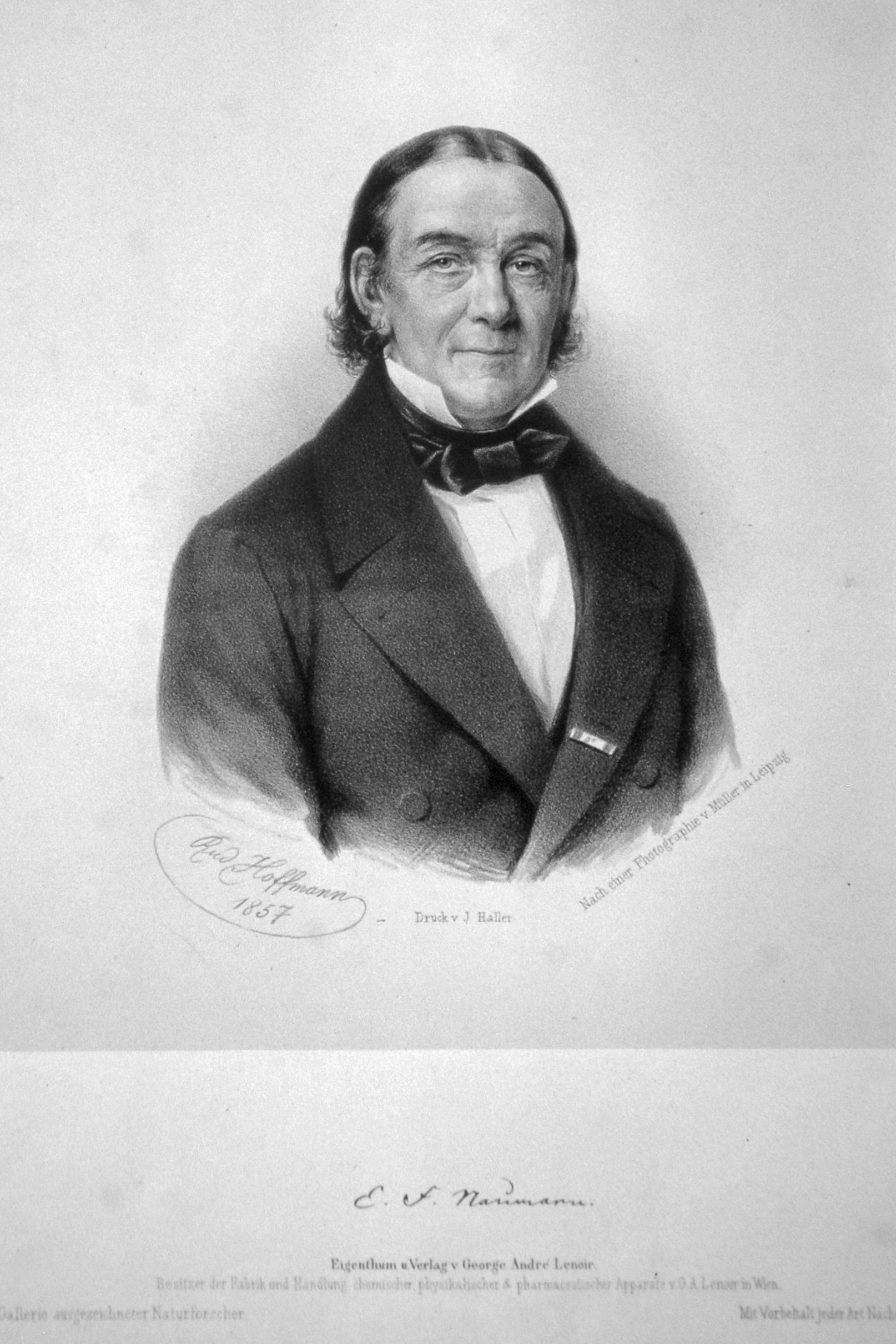|
Arsenic Blende
Arsenic blende or ''Arsenblende'' () is a trivial name that has partially fallen out of scientific use, used by mineralogists, as well as representatives of mining and craft professions in relation to at least two similar ore minerals — orpiment and realgar,''Krivovichev V. G.'' Mineralogical glossary. Scientific editor A. G. Bulakh. — St.Petersburg: St.Petersburg Univ. Publ. House. 2009. — 556 p. — ISBN 978-5-288-04863-0 in composition — arsenic sulfides. History of the term Both of these minerals, realgar and orpiment, have been mined for a very long time, for thousands of years. They were mined as natural dyes, as medicinal agents, and as preparations that were important in alchemical practice. Their use as pigments was very significant, both in pure form and in mixed form; for example, orpiment was constantly required to make up the green dye that was used to dye wool in the Middle Ages in Western Europe. Arsenic blende was used even more widely in medicine; for e ... [...More Info...] [...Related Items...] OR: [Wikipedia] [Google] [Baidu] |
Orpiment
Orpiment is a deep-colored, orange-yellow arsenic sulfide mineral with formula . It is found in volcanic fumaroles, low-temperature hydrothermal veins, and hot springs and is formed both by sublimation and as a byproduct of the decay of another arsenic sulfide mineral, realgar. Orpiment takes its name from the Latin ''auripigmentum'' (''aurum'', "gold" + ''pigmentum'', "pigment") because of its deep-yellow color. Historical uses Orpiment was traded in the Roman Empire and was used as a medicine in China, even though it is very toxic. It has been used as fly poison and to tip arrows with poison. Because of its striking color, it was of interest to alchemists, both in China and the West, searching for a way to make gold. It also has been found in the wall decorations of Tutankhamun's tomb and ancient Egyptian scrolls, and on the walls of the Taj Mahal. For centuries, orpiment was ground down and used as a pigment in painting and for sealing wax, and was even used in ancie ... [...More Info...] [...Related Items...] OR: [Wikipedia] [Google] [Baidu] |
Mining Terminology
Mining is the extraction of valuable minerals or other geological materials from the Earth, usually from an ore body, lode, vein, seam, reef, or placer deposit. The exploitation of these deposits for raw material is based on the economic viability of investing in the equipment, labor, and energy required to extract, refine and transport the materials found at the mine to manufacturers who can use the material. Ores recovered by mining include metals, coal, oil shale, gemstones, limestone, chalk, dimension stone, rock salt, potash, gravel, and clay. Mining is required to obtain most materials that cannot be grown through agricultural processes, or feasibly created artificially in a laboratory or factory. Mining in a wider sense includes extraction of any non-renewable resource such as petroleum, natural gas, or even water. Modern mining processes involve prospecting for ore bodies, analysis of the profit potential of a proposed mine, extraction of the desired materials, and ... [...More Info...] [...Related Items...] OR: [Wikipedia] [Google] [Baidu] |
Sulfide Minerals
The sulfide minerals are a class of minerals containing sulfide (S2−) or disulfide (S22−) as the major anion. Some sulfide minerals are economically important as metal ores. The sulfide class also includes the selenides, the tellurides, the arsenides, the antimonides, the bismuthinides, the sulfarsenides and the sulfosalts.http://www.minerals.net/mineral/sort-met.hod/group/sulfgrp.htm Minerals.net Dana Classification, SulfidesKlein, Cornelis and Cornelius S. Hurlbut, Jr., 1986, ''Manual of Mineralogy'', Wiley, 20th ed., pp 269-293 Sulfide minerals are inorganic compounds. Minerals Common or important examples include: * Acanthite * Chalcocite * Bornite *Galena *Sphalerite *Chalcopyrite *Pyrrhotite * Millerite *Pentlandite * Covellite *Cinnabar * Realgar *Orpiment * Stibnite *Pyrite *Marcasite * Molybdenite Sulfarsenides: * Cobaltite *Arsenopyrite * Gersdorffite Sulfosalts: * Pyrargyrite *Proustite *Tetrahedrite * Tennantite * Enargite * ... [...More Info...] [...Related Items...] OR: [Wikipedia] [Google] [Baidu] |
Arsenic Minerals
The arsenic minerals or arsenic group are a group of trigonal symmetry minerals composed of arsenic-like elements, and one alloy. The elements are arsenic, antimony and bismuth Bismuth is a chemical element with the symbol Bi and atomic number 83. It is a post-transition metal and one of the pnictogens, with chemical properties resembling its lighter group 15 siblings arsenic and antimony. Elemental bismuth occurs .... The alloy is stibarsen (SbA) an alloy of arsenic and antimony. References Mineral groups {{mineral-stub ... [...More Info...] [...Related Items...] OR: [Wikipedia] [Google] [Baidu] |
Set Index Articles On Minerals
Set, The Set, SET or SETS may refer to: Science, technology, and mathematics Mathematics *Set (mathematics), a collection of elements *Category of sets, the category whose objects and morphisms are sets and total functions, respectively Electronics and computing *Set (abstract data type), a data type in computer science that is a collection of unique values ** Set (C++), a set implementation in the C++ Standard Library * Set (command), a command for setting values of environment variables in Unix and Microsoft operating-systems * Secure Electronic Transaction, a standard protocol for securing credit card transactions over insecure networks * Single-electron transistor, a device to amplify currents in nanoelectronics * Single-ended triode, a type of electronic amplifier * Set!, a programming syntax in the scheme programming language Biology and psychology * Set (psychology), a set of expectations which shapes perception or thought *Set or sett, a badger's den *Set, a small tu ... [...More Info...] [...Related Items...] OR: [Wikipedia] [Google] [Baidu] |
Arsenic (other)
{{disambig ...
Arsenic is the chemical element with symbol As and atomic number 33. Arsenic may also refer to: * Arsenic trioxide, a poison commonly referred to as simply as "arsenic" * Arsenic acid, a chemical compound with the formula H3AsO4 * Arsenic Lake, a lake in Ontario, Canada * Ärsenik, a French rap group * ''Mr. Arsenic'', an America anthology television series See also * Arsenic and Old Lace (other) * :Arsenic compounds * Isotopes of arsenic * Arsenic blende Arsenic blende or ''Arsenblende'' () is a trivial name that has partially fallen out of scientific use, used by mineralogists, as well as representatives of mining and craft professions in relation to at least two similar ore minerals — orpimen ... [...More Info...] [...Related Items...] OR: [Wikipedia] [Google] [Baidu] |
Blende (other)
Blende may refer to: Substances * Sphalerite (''Zinc blende'', ZnS), the most common usage * Hornblende, a complex inosilicate series of minerals * Pitchblende, former name of uraninite Places * Blende, Colorado * Blende mine The Blende mine is one of the largest lead and zinc mines in Canada. The mine is located in north-western Canada in Yukon. The mine has reserves amounting to 19.6 million tonnes of ore grading 2.81% lead Lead is a chemical element with the s ..., lead and zinc mines in Canada *, watercourse in Canada Other uses * an alternative name for Rana Niejta See also * Blend (other) {{disambiguation ... [...More Info...] [...Related Items...] OR: [Wikipedia] [Google] [Baidu] |
Thomas Egleston
Thomas Egleston (December 9, 1832 – January 15, 1900) was an American engineer who helped found Columbia University's School of Mines, now the Fu Foundation School of Engineering and Applied Science. Throughout his lifetime, Egleston published numerous lectures and books on metallurgy. Many of his books are preserved today at the archive in the Library of Congress. Background and education A native New Yorker, Egleston was the great-grandson of John Paterson, a major general in the Continental Army during the American Revolution. A graduate of Yale University under the counsel of Dr. Dudley in 1854, he continued his graduate study at Yale and further training in École nationale supérieure des mines de Paris in 1860, after which he was employed by the Smithsonian Museums in Washington D.C. In Paris, Egleston pursued his interest in geology and chemistry, attending lectures at the Jardin des Plantes of Paris. He spent time in collections and laboratories while listening t ... [...More Info...] [...Related Items...] OR: [Wikipedia] [Google] [Baidu] |
Proustite
Proustite is a sulfosalt mineral consisting of silver sulfarsenide, Ag3 As S3, known also as light red silver or ruby silver ore, and an important source of the metal. It is closely allied to the corresponding sulfantimonide, pyrargyrite, from which it was distinguished by the chemical analyses of Joseph L. Proust (1754–1826) in 1804, after whom the mineral received its name. The prismatic crystals are often terminated by the scalenohedron and the obtuse rhombohedron, thus resembling calcite (dog-tooth-spar) in habit. The color is scarlet-vermilion and the luster adamantine; crystals are transparent and very brilliant, but on exposure to light they soon become dull black and opaque. The streak is scarlet, the hardness 2 to 2.5, and the specific gravity 5.57. Its transparency differs from specimen to specimen, but most are opaque or translucent. Proustite occurs in hydrothermal deposits as a phase in the oxidized and supergene zone. It is associated with other silver miner ... [...More Info...] [...Related Items...] OR: [Wikipedia] [Google] [Baidu] |
Realgar
Realgar ( ), also known as "ruby sulphur" or "ruby of arsenic", is an arsenic sulfide mineral with the chemical formula α-. It is a soft, sectile mineral occurring in monoclinic crystals, or in granular, compact, or powdery form, often in association with the related mineral, orpiment (). It is orange-red in color, melts at 320 °C, and burns with a bluish flame releasing fumes of arsenic and sulfur. Realgar is soft with a Mohs hardness of 1.5 to 2 and has a specific gravity of 3.5. Its streak is orange colored. It is trimorphous with pararealgar and bonazziite. Its name comes from the Arabic ''rahj al-ġār'' (, "powder of the mine"), via Medieval Latin, and its earliest record in English is in the 1390s. Uses Realgar is a minor ore of arsenic extracted in China, Peru, and the Philippines. Historical uses Realgar was used by firework manufacturers to create the color white in fireworks prior to the availability of powdered metals such as aluminium, magnesium and tita ... [...More Info...] [...Related Items...] OR: [Wikipedia] [Google] [Baidu] |
Georg Amadeus Carl Friedrich Naumann
Georg Amadeus Carl Friedrich Naumann (30 May 1797 – 26 November 1873), also known as Karl Friedrich Naumann, was a German mineralogist and geologist. The crater Naumann on the Moon is named after him. Life Naumann was born at Dresden, the son of a distinguished musician and composer. He received his early education at Pforta, studied at Freiberg under Werner, and afterwards at Leipzig and Jena. He graduated at Jena, and was occupied in 1823 in teaching in that town and in 1824 at Leipzig. In 1826 he succeeded Mohs as professor of crystallography, in 1835 he became professor also of geognosy at Freiberg; and in 1842 he was appointed professor of mineralogy and geognosy in the University of Leipzig. At Freiberg he was charged with the preparation of a geological map of Saxony, which he carried out with the aid of Bernhard von Cotta in 1846. Naumann was a man of encyclopedic knowledge, lucid and fluent as a teacher. Early in life (1821-1822) he traveled in Norway, and his ob ... [...More Info...] [...Related Items...] OR: [Wikipedia] [Google] [Baidu] |




